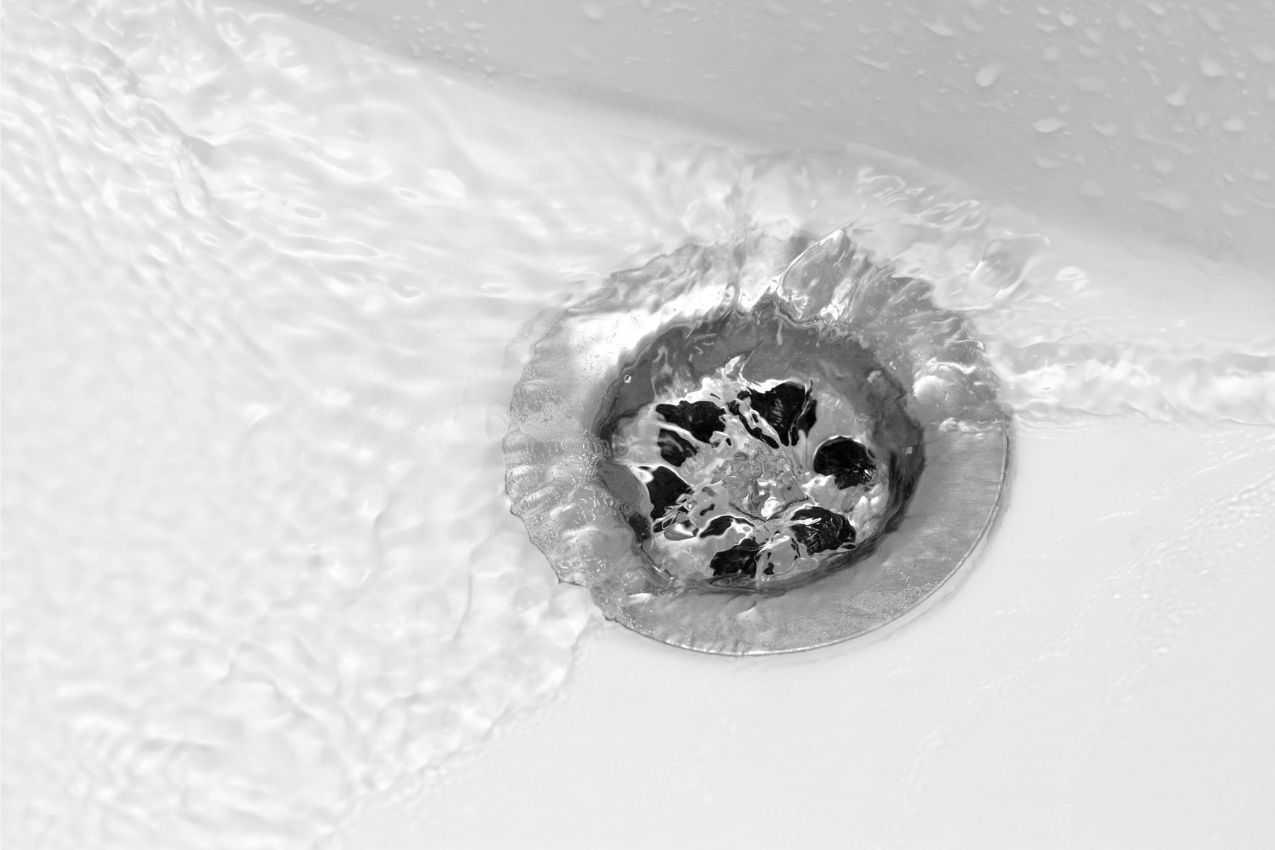Scalding! Hot Water Tank Case Study

Timothy Sass, P.E., MSCE, Civil and Structural Design Expert
Case Summary: When the subject West Philadelphia three-bedroom row home was originally constructed 80 years ago, it was built to house a single family. More recently, however, the home’s bedrooms and basement began serving as living quarters for multiple families. The four families living in the row home also shared its only bathroom on the 2nd floor.
The plaintiff, a young father renting one of the rooms in the house took his young son into the 2nd floor bathroom to give him a bath in the sink. As the plaintiff was situating his son in the sink, the baby inadvertently kicked the hot water handle on the faucet. Scalding hot water exited the faucet and ran all over the baby’s body, causing him to suffer 1st and 2nd degree burns from his stomach down to his legs.
Expert Analysis: An inspection of the 2nd floor bathroom included measuring the temperature of the water flowing from the bathroom faucet, as well as measuring the hot water flow rate. It was found that the water measured 157 ºF with a flow rate of 1.5 gallons per minute.
The second part of the expert evaluation involved research into building code requirements, manufacturer’s specifications, and standard practices. Caution labels affixed to the hot water tank warned that the water temperature should not exceed 125 ºF. The manufacturer’s operating manual indicated that the hot water tank’s thermostat should be set at 140 ºF. Research also showed that building codes endorsed a maximum hot water setting of 140 ºF. The subject thermostat was set to 140 ºF.
It was concluded that the hot water supplied to the 2nd floor bathroom sink failed to meet building code requirements, manufacturer’s specifications, and industry standards. Additionally, the owner of the building did not properly maintain the hot water tank by allowing excessively hot water to run to the 2nd floor bathroom sink. Finally, the hot water tank itself was found to be defective. According to the manufacturer’s operating manual, the tank’s thermostat setting should result in 140ºF water. Hot water cools as it travels from the basement hot water tank to the 2nd floor bathroom. Hot water temperatures of 157 ºF at the 2nd floor bathroom sink showed that the tank was heating water to temperatures well above 157 ºF even though the thermostat was set to 140 ºF.
The improperly maintained and defective hot water tank created a hazardous condition for people using the building’s 2nd floor bathroom sink and was responsible for causing harm to the plaintiff’s son.
Categories: Premise Liability | Property Management | Timothy Sass, P.E., MSCETags: Building Codes | Hot Water Tank | Maintenance | Rental Property


